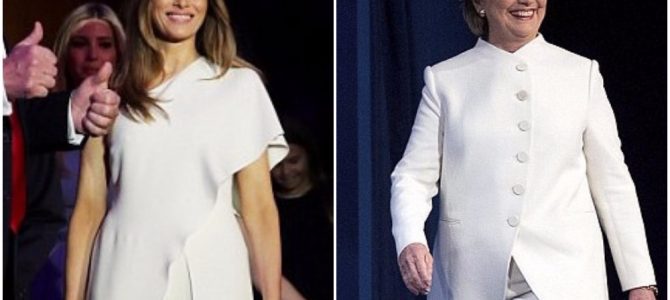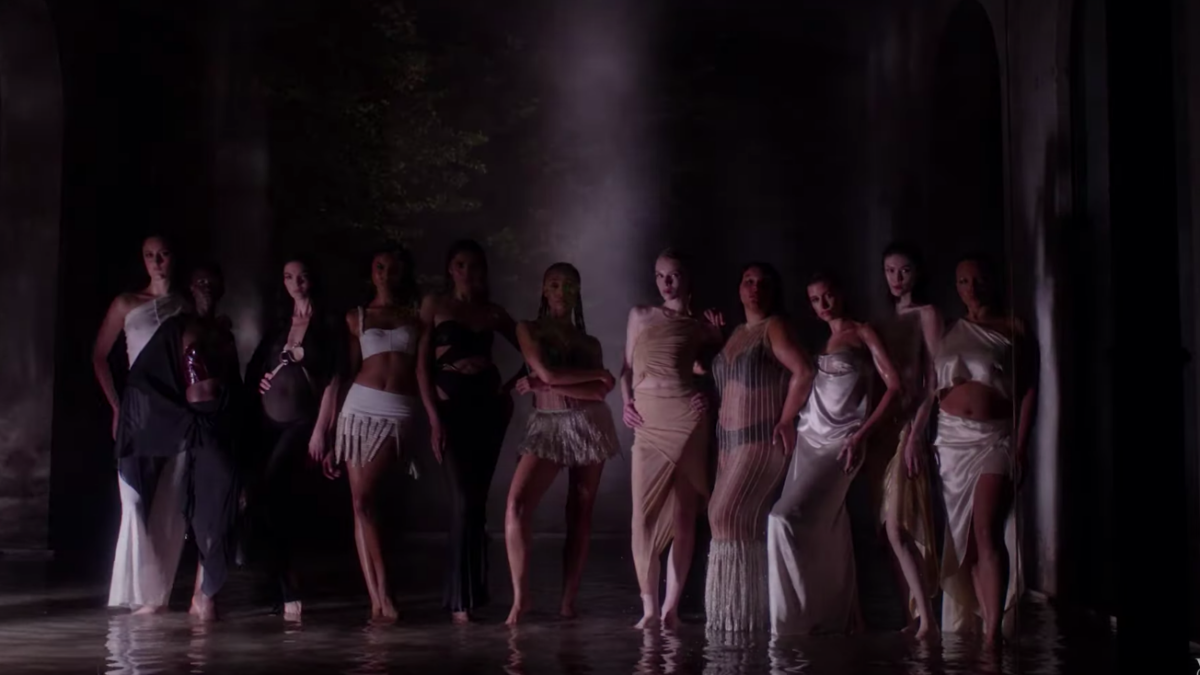Memorial Day has come and gone, marking the official arrival of summer. This means the moratorium on wearing white after Labor Day enforced by the legalistically fashion-minded is over. This rule is an elitist and arbitrary one that should be abandoned by everyone who would like a more democratic America.
Only Americans need to worry about discarding the no-white-after-Labor-Day (hereinafter “NWALD”) imperative because only Americans have ever cared about enforcing it in the first place. How did this uniquely American rule come about, you may ask? And does anyone even still follow it? Charlie Scheips, creator of the definitive volume of American sartorial pursuits, is one who continues to be committed to NWALD principle telling TIME that he, “would never be caught dead wearing a white suit after Labor Day.”
The answer to how NWALD came about is surprisingly un-American, more complicated than white merely being a cooler color and less practical for the chillier fall months, and more insidious than white linens simply being a symbol of the effortlessly chic leisure class.
NWALD is a product of the post-Civil War era when the hereditarily well-to-do were keen to set themselves apart from the upwardly mobile parvenu of the Gilded Age. They did so with elaborate and haphazard rules that governed their conduct to clearly distinguish those who were “in” from who were not — a series of rules that I call “class markers” — because they were afraid that perhaps money could buy one class! Examples of class markers are knowledge of how to use the fish knife, when to wear a dinner jacket, and at which month to debut at one’s cotillion (early summer months are more fashionable than others) and, for that matter, what a cotillion is.
“Class markers,” are distinct from “social lubricants,” or the norms that moderate our words and actions for the sake of respecting the dignity of others. Social lubricants may look differently depending on where we are and with whom we are interacting, whether it be removing shoes in the home of a Japanese family or holding the door open for someone behind us. But no matter our geographical location, social lubricants indicate wordlessly to those around us that we are not above the rules — we wait in line just like everyone else — and that we respect those around us. Understanding this distinction is important to avoid conflating the two, and to appreciate the nature of true civility.
People today tend to adopt contrary views. They either lament that civility is under siege and see its decline as both a cause and emblem of our societal fracturing. Or, they insist that civility is the superficial, outdated, code of elites that holds us back from social equality. As NWALD shows us, there is truth to both perspectives, and the “class marker” and “social lubricants” framework ensures that Civility Revivalists can better describe what exactly they want to revive, and Civility Detractors can more easily communicate what they are condemning.
I have written elsewhere that the process of regularly questioning the origin and purpose of social norms, such as the NWALD rule, is both an important and uniquely American exercise. As we identify and disregard norms that were intended to divide, we are empowered to restore focus on the norms of civility that matter: the norms that, by encouraging other-oriented words and actions that respect the dignity in others, help us become good rather than simply appear civilized.
The NWALD rule is deeply embedded in American culture. Some may not see it as anything more than a trivial fashion convention. But it is more than a fashion rule as it pays homage to a divided and unequal era in American history. In a time that feels more divided than other eras, we must look for ways to break down capricious barriers wherever we can. Making like Coco Chanel, which is rarely a terrible option, and wearing white year-round is one way to perish arbitrary social mores intended to divide and instead pay tribute to our founding American value of the equality and dignity of all.









